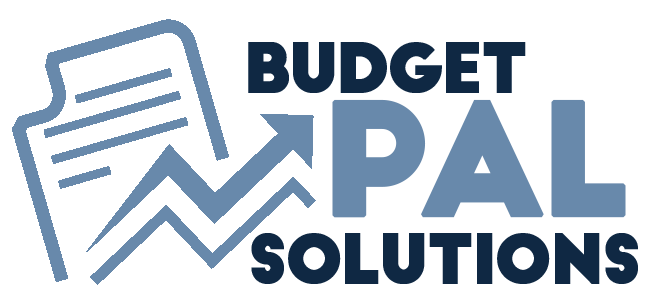At Budget Pal Solutions, we believe that setting financial goals is the key to building a secure future and achieving your dreams. Our expert team is here to guide you through the process of assessing your current financial situation, identifying your priorities, and setting SMART goals.
Sign up today and let Budget Pal Solutions be your partner on the path to financial success.
Achieving financial security and stability requires careful planning and goal setting. Whether you’re saving for a down payment on a house, planning for retirement, or paying off debt, setting clear financial goals is essential to your success. In this article, we’ll explore the importance of setting financial goals and provide practical tips on how to create a roadmap for a secure future.
Assess Your Current Financial Situation:
Before you can set meaningful financial goals, it’s important to assess your current financial situation. Take stock of your income, expenses, assets, and liabilities to get a clear picture of where you stand. Calculate your net worth and review your spending habits to identify areas where you can cut back or save more.
Identify Your Priorities and Values:
Think about what matters most to you and what you want to achieve with your money. Are you saving for a specific goal like buying a home or starting a family? Do you want to travel the world or retire early? Identifying your priorities and values will help you set goals that align with your aspirations and lifestyle.
Set SMART Goals:
When setting financial goals, it’s important to make them SMART: Specific, Measurable, Achievable, Relevant, and Time-bound. Instead of setting vague goals like “save more money” or “pay off debt,” be specific about how much you want to save or how quickly you want to pay off your debt. For example, “Save $10,000 for a down payment on a house by December 2023” or “Pay off $5,000 in credit card debt within the next 12 months.”
Break Down Your Goals into Smaller Steps:
Breaking down your goals into smaller, manageable steps can make them less overwhelming and more achievable. Create a timeline and action plan for each goal, outlining the specific steps you need to take to reach them. For example, if your goal is to save $10,000 for a down payment on a house, break it down into monthly or weekly savings targets.
Track Your Progress and Adjust as Needed:
Regularly monitor your progress towards your financial goals and make adjustments as needed. If you’re falling behind, look for ways to increase your income or cut expenses to stay on track. Celebrate your achievements along the way and use setbacks as opportunities to learn and grow.
Stay Motivated and Stay the Course:
Achieving financial goals requires discipline, perseverance, and patience. Stay motivated by visualizing your goals and the future you want to create for yourself. Surround yourself with positive influences and seek support from friends, family, or a financial advisor if needed. Remember that setbacks are temporary, and staying the course will ultimately lead you to financial success.

